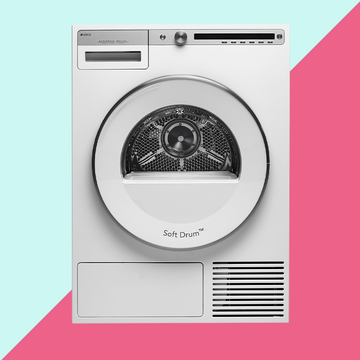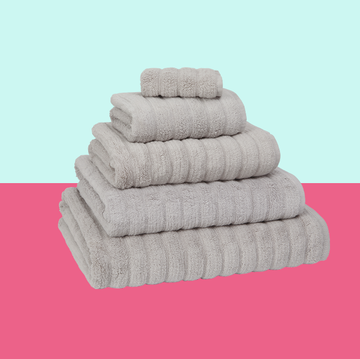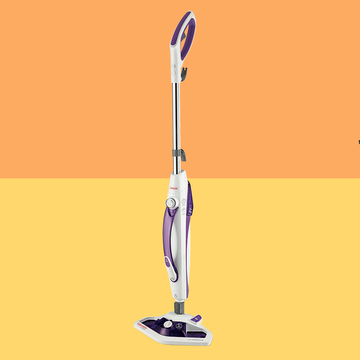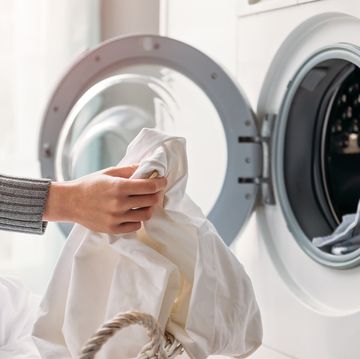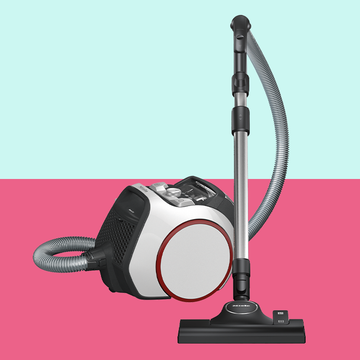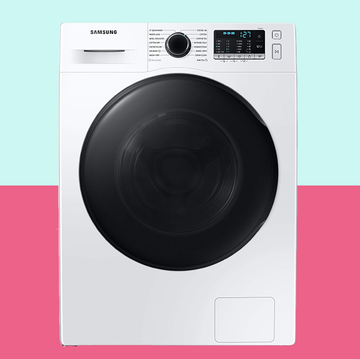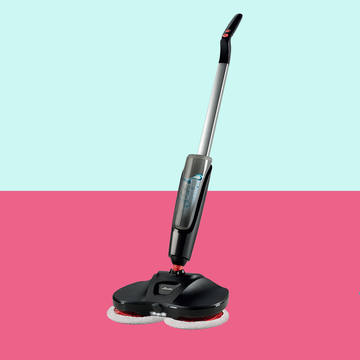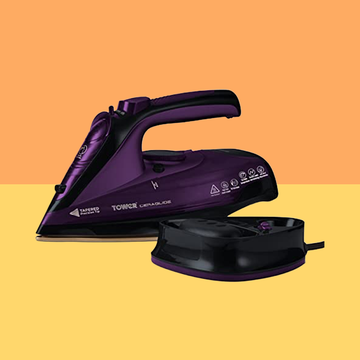It’s an age-old debate – how often should we be washing our bed sheets? Some say once a week, while others leave it for up to a month, and maybe even longer! Here at the GHI, we can confirm that there is a definitive answer to the question, and it’s important to stick to it if you want to keep dust mites and bacteria at bay.
There’s a right way and a wrong way to wash your bedding too, so here we breakdown everything you need to know - including all the dos and don’ts. From top tips when washing duvets and pillows, to how often you should vacuum your mattress; here you’ll find all the answers and never have to face a smelly bed again.
DO: wash sheets and bedding at least once a fortnight
A fortnightly wash is the minimum your bedding needs. If someone in your household has asthma, eczema or a dust mite allergy, follow Allergy UK’s advice and change bedding once a week. If you have pets and they sleep on your bed, Sleep Foundation suggest it may be necessary to wash bedding every 3-4 days.
What to read next
DON’T: forget the duvet and pillows
The GHI recommends laundering duvets and pillows at least twice a year.
If your duvet is machine washable, check your washing machine’s drum capacity before attempting to wash it at home. There should be room for it to move around in the machine. If there isn’t, or if your duvet is 13.5 tog or higher, or larger than king size, you’re better off taking it to a launderette.
Avoid the dry cleaners with your bedding. The chemicals can be difficult to fully remove, and you don’t want to be breathing this in at night. It’s better to get your bedding cleaned professionally by a specialist instead, such as Johnsons The Cleaners. This brand uses a dry-cleaning solution which is environmentally-friendly and silicon-based.
Always check the care label first to make sure it’s suitable; feather duvets are not suitable for dry cleaning.
Your washing machine can lose balance when washing a single pillow, causing it to vibrate and move around, potentially damaging your floors in the process. Try to wash two pillows at once or bulk out the load with sheets to balance it. It’s best to reduce the detergent dosage as well to about a third. Otherwise, it’s difficult to rinse away all the residue.
Memory foam should never be washed in the washing machine as it will tear. The casing might be machine washable, but the foam pillow will need to be vacuumed and spot cleaned by hand instead by sponging in warm, soapy water. Dab rather than scrub the surface, or you could tear it. Rinse with a damp sponge afterwards and press paper towels into the foam to absorb the moisture.
With both pillows and duvets, it’s important to dry them as quickly as possible, especially if they have a natural fibre filling, which holds moisture more readily and could start to rot.
You can dry microfibre, feather or wool pillows in a tumble dryer if the care label allows, or hang them outside in the sun, fluffing them up occasionally. An airing cupboard can work as well.
DO: wash bedding at 60°C or above
Although lower temperature washing is favoured for environmental reasons, for bedding it’s best to stick to 60°C, this will help kill dust mites and bacteria.
GHI Tip: Buttoning up your duvet cover before you wash it can prevent rogue socks from getting lost in the load.
DON’T: eat in bed
It’s hard enough to keep bacteria and germs at bay, but if you eat in bed, there’s a chance you’re making it an even bigger breeding ground. Not only this, but crumbs in your sheets make for quite an uncomfortable nights sleep, and you don't want to stain your bedsheets either!
DO: use mattress, duvet and pillow protectors
Washing our pillows and duvets is an awkward task, but by using duvet and pillow protectors you can create an extra barrier against sweat and bacteria, extending your use between washes. Mattress protectors are also ideal for protecting your mattress from spills and stains as well, which are much more difficult to clean.
Look out for protectors with hypoallergenic and anti-allergy properties if you suffer from allergies. Hypoallergenic has been designed to reduce the chance of an allergic reaction, but anti-allergy is treated to prevent a reaction, so it’s the better of the two,
Just remember to wash your protectors every two months to keep them clean. It’s helpful to have more than one on rotation, so you don’t have to wait for them to dry before making your bed again!
DON’T: make your bed...
...at least, don’t make your bed as soon as you get up in the morning. We sweat while we sleep and a neatly rearranged duvet can trap moisture and warmth inside your bed, making your bed irresistible to dust mites.
Pull the duvet back (off the bed entirely if you have space) and fluff up your pillows to open the fibres and release any moisture. It’s also a good idea to open up a window to help ventilate the space.
DO: vacuum your mattress
Some mattress manufacturers state that vacuuming certain types of mattress can displace the filling inside, so always check the care guide that came with the mattress first.
If you are going to vacuum your mattress, use the upholstery attachment and the lowest suction setting on the cleaner. Aim to do this every couple of months, vacuuming the bed frame and the area directly underneath and surrounding the bed while you’re at it.
Alternatively, there’s also the option to use a mattress vacuum. These look and work a little like a handheld vacuum, but they also shine a UV-C light as they work to sanitise the mattress.
The Better Sleep Council recommends replacing your mattress every seven years, so even if you vacuum it regularly, it might be time to think about investing in a replacement.
DON'T: forget about soft toys
Persuading your child to part with a favourite teddy – even temporarily – is no mean feat but they do need a regular wash. The best course of action is to launder it at 60°C to kill any dust mites that might be lurking inside. You can use a pillowcase or a mesh laundry bag to help protect it in the cycle.
If the care label states that it can't be washed at this high a temperature (a delicate cycle and a lower temperature may be required if the toy is particularly fragile), Allergy UK recommends putting the toy in a plastic bag and popping it in the freezer for at least 12 hours before washing according to the care label. Try to do this once a month. You may even want to wash by hand if the soft toy is particularly precious.
DO: dry white bed sheets in the sunlight
The sun’s ultraviolet rays will have a natural bleaching effect and help brighten your whites.












